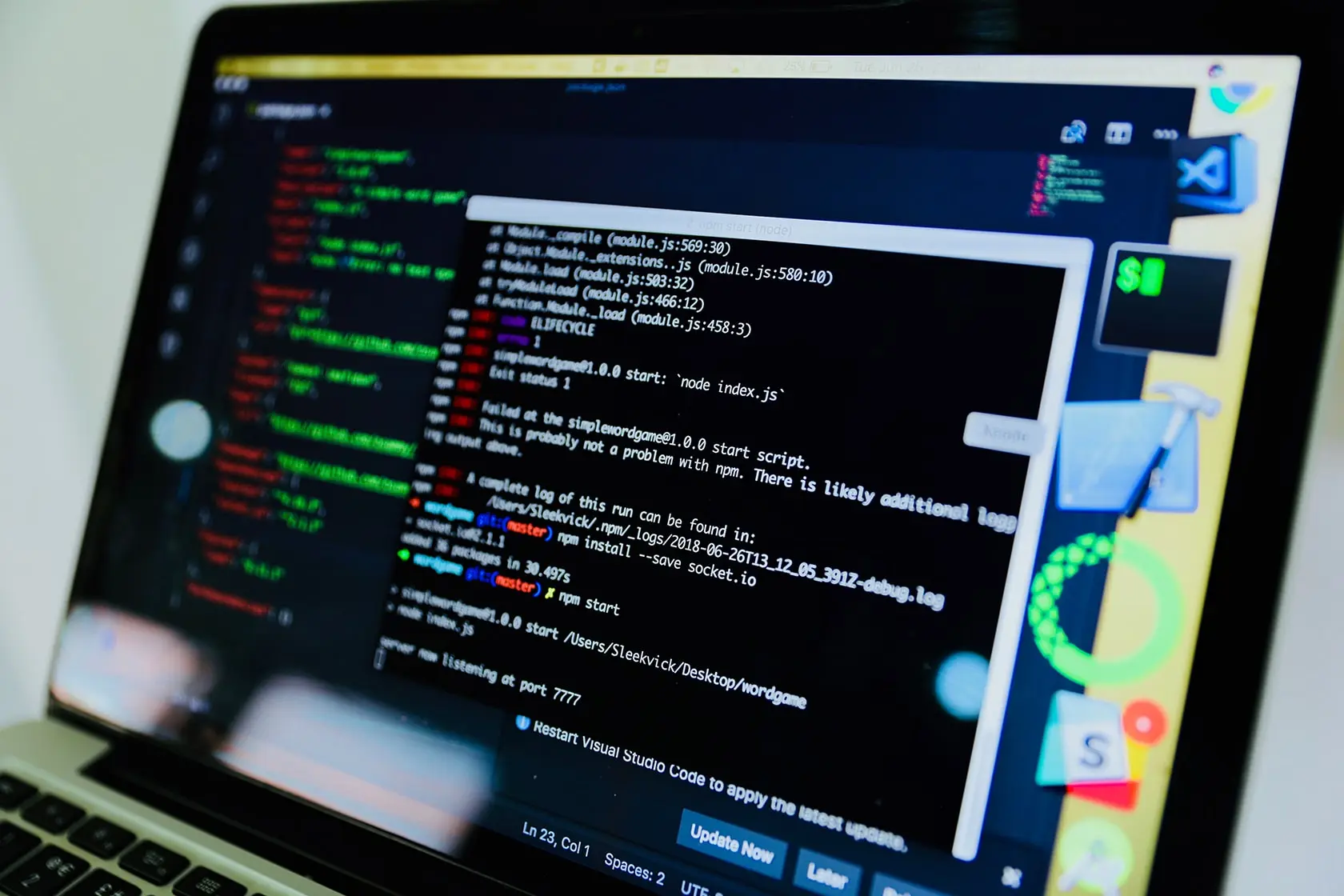Check out our latest article: IT Asset Management: 14 Best Practices for ITAM in 2022
Software Asset Management, otherwise known by its acronym, SAM, has become an indispensable part of operations as companies and organizations within nearly every sector track more and more fixed IT assets.
The importance of Software Asset Management
According to Deloitte, Software Asset Management is "all the necessary processes and infrastructure to plan, control and protect your investments in enterprise software throughout each phase of the lifecycle".
By automating software management tasks - such as patching and license management; inventory tracking - Software Asset Management best practices help administrators manage and organize their IT fixed assets more efficiently.
There are three main types of cloud services: Software as a Service (SaaS) - such as BlueTally's cloud-based asset management system, Platform as a Service (PaaS), and Infrastructure as a Service (IaaS), with each offering its own potential benefits and challenges.
Best Practices & Mitigating Risk
A company or organization needs a way to harness all of this technology, keep up with any required software updates, become compliant, reduce the risk of security threats, and stay aware of potential threats. Furthermore, they must monitor asset usage, since unused, misused, or lost assets affect the bottom line.
It is impossible for an IT department to properly manage any application if it is unaware that a department or individual is using it, which could result in major security breaches.
Through SAM, all applications used by an organization at any given time are disclosed, which increases accountability across an organization - and eliminates shadow IT.
Implementing SAM
Here are some useful tips in implementing Software Asset Management into your company or organization.
- Conduct an internal review of processes by consulting your IT team to determine if your company has one point of contact for software requests or if anyone has admin rights, which can make shadow IT easy to creep in.
- Identify any loopholes by auditing your current software programs, you can identify duplications, unused or underutilized software.
- Calculate the cost and the need by identifying the must-haves and nice-to-haves in your software and IT assets, and research alternatives that are less expensive.
- Optimize workflows by ensuring that your software license inventory is tracked according to a uniform set of standards.
- Clearly define your expectations by establish guidelines for new software purchases for all employees.
Pick the right tool for the job
We've built BlueTally to help all kinds of companies and organizations manage their most important assets - both physical and digital. Learn more about BlueTally and get started with our free and simple asset management software.









